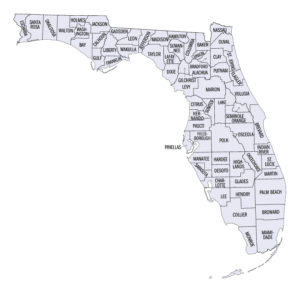Half Sized Blog Element (Single Author Style)
Half Sized Blog Element (Multi Author Style)
The Religious Facility Appraisal – Part III
in Commercial Appraisal[types field=’full_body’][/types]
The Religious Facility Appraisal – Part II
in Commercial Appraisal[types field=’full_body’][/types]





The Religious Facility Appraisal – Part III
in Commercial Appraisal[types field=’full_body’][/types]
The Religious Facility Appraisal – Part II
in Commercial Appraisal[types field=’full_body’][/types]